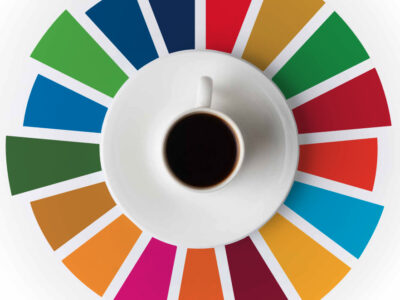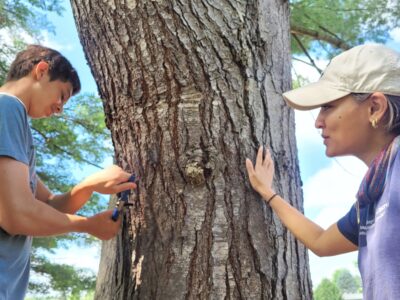For more information:
IRI – Clare Oh at clare.oh@columbia.edu or (212) 854-5479
IFRC – Matthew Cochrane at matthew.cochrane@ifrc.org or +41 22 730 4426

GENEVA and NEW YORK — The International Federation of Red Cross and Red Crescent Societies (IFRC) is joining with a unit of Columbia University’s Earth Institute to develop forecasting and monitoring mechanisms aimed at helping member agencies better prepare for climate-related natural disasters. The information will be provided by the International Research Institute for Climate and Society (IRI), in response to fears that that climate change may increase the frequency and intensity of humanitarian disasters around the world.
According to IFRC—the largest humanitarian organization in the world, with tens of millions of volunteer—the number of weather-related disasters each year has doubled since the early 1990s. Changing climate coupled with intensified land use and population pressure means more people are living in locations vulnerable to storms, droughts, floods and other climate-related risks. Recently in Bangladesh, Cyclone Sidr forced millions from their homes and killed thousands. In addition to the immediate impacts, disasters can also lead to disease outbreaks; flood-related cholera epidemics in Senegal in 2005 affected more than 30,000 people. Events such as these — expected to become more frequent due to climate change — will place an increasing burden on governments and humanitarian organizations.
When responding to disasters, humanitarian organizations must often make quick decisions about when and where to send aid. Since both time and resources are limited, determining which areas are likely to be hit first or hardest can mean the difference between life and death. This is especially true at “hotspots”–areas at high risk for one or more disasters because of their location and the vulnerability of their populations, such as densely populated flood plains. IRI’s collaboration with the IFRC provides an opportunity for improved early warning and action at both global and local levels, officials from both organizations said.
“We are thrilled to be working with the International Federation to help them better anticipate and respond to extreme weather and climate events. As a global leader in disaster response, it is an ideal partner to connect new knowledge and information with best practices throughout the world,” said IRI Director-General, Steve Zebiak.
“Based on our initial interactions, I feel we’re not far from a time when we can say that thanks to this particular partnership, we’ve been able to save more lives,” says Peter Rees-Gildea, who directs the International Federation’s operations support department.
IRI’s approach involves combining state-of-the-art climate information with knowledge on human vulnerability in specific regions. Over the last 11 years, it has developed a variety of tools to better anticipate and respond to climate and weather events. Zebiak said that disaster plans can benefit immediately from tools such as the Malaria Early Warning System (MEWS). Developed by the IRI, the World Health Organization and partners, MEWS incorporates new knowledge about how malaria waxes and wanes with weather patterns, combined with seasonal forecasting, environmental monitoring and health surveillance. In Africa, it has already been successfully integrated into epidemic prevention and control. IRI is working on similar systems for epidemic meningitis, Rift Valley Fever and cholera.
The partnership also hopes to use newly improved models to forecast climate anomalies and extreme weather events, such as storms or droughts. These could be vital for early warning and response measures, said the officials.
About the International Red Cross and Red Crescent Movement
The International Federation, the National Red Cross and Red Crescent Societies and the International Committee of the Red Cross together constitute the International Red Cross and Red Crescent Movement. For further information on International Federation activities, please consult our web site: www.ifrc.org.
About the International Research Institute for Climate and Society
The International Research Institute for Climate and Society helps stakeholder groups from the global to the local scale to better manage climate related risks and opportunities, through the best use of scientific knowledge and information. Building on a multidisciplinary core of expertise, the IRI works directly with partners to translate scientific information into useful and actionable information given the specific decision making context. The IRI is a WHO Collaborating Centre for Climate Sensitive Diseases. It was established as a cooperative agreement between NOAA and Columbia University, and is part of The Earth Institute. Visit our web site: www.iri.columbia.edu



